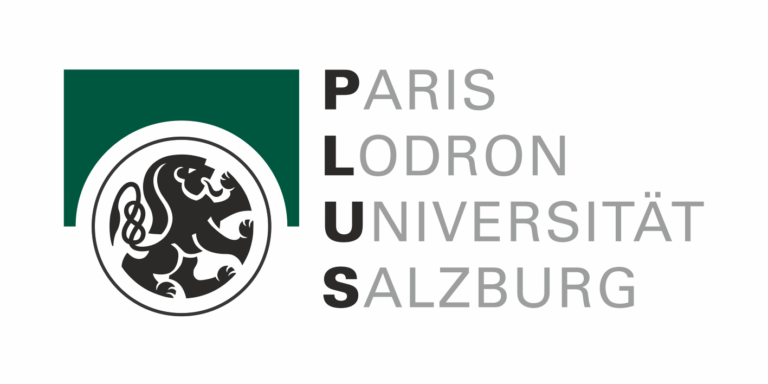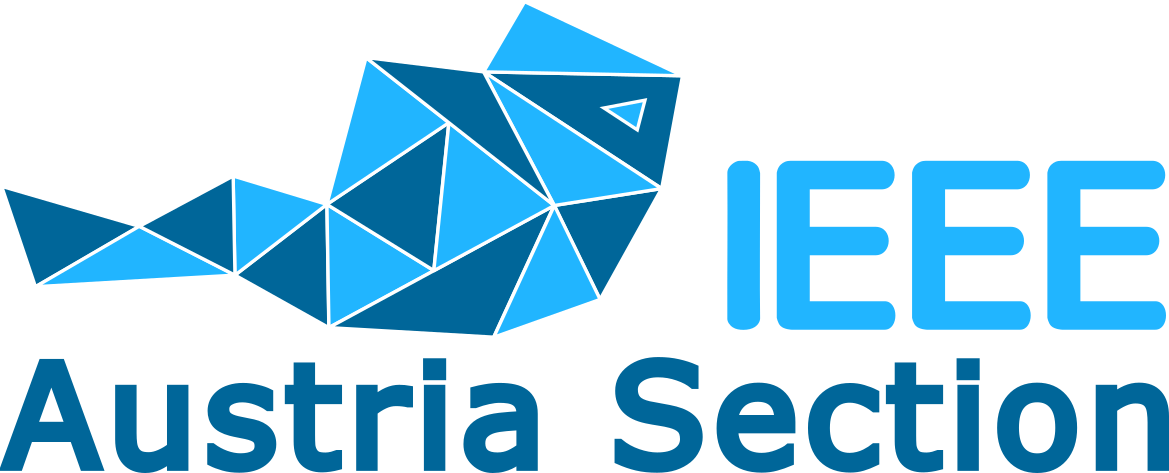The following list will be update as new special sessions are added.
Processing and protection of encrypted multimedia data
The digital world has become a confrontational space characterized by the resurgence of unfair competition, espionage, disinformation, terrorism and cyber-crime. Thus, faced with the increase in attackers' capabilities and the proliferation of attack scenarios, multimedia security has become a major security issue. Multimedia data is especially vulnerable to various threats due to its abundance on networks. According to CISCO, it represents more than 80% of the total volume of data in transit, especially on social networks and cloud computing platforms. In this context, methods to protect multimedia content have been developed. In particular, encryption is used to ensure the visual privacy of the original data and to prevent an unauthorized person from viewing their content (automatic recognition and identification, tracking, tracing...).
In this special session, we will focus on the processing and protection of encrypted multimedia data, motivated by five technical challenges:
- ensuring privacy protection,
- preserving the original format of the data,
- enabling the visualization of encrypted data,
- preserving the size of the clear data,
- ensuring the reversibility of the operations performed.
Topics of interest
- Multimedia data encryption (image, video, 3D objects...)
- Security evaluation of encrypted multimedia data
- Data hiding in the encrypted domain
- Secret sharing
- Correction of noisy encrypted multimedia data
- Research and indexing in the encrypted domain
- Compression of encrypted multimedia data
- Forensics in the encrypted domain
Biological & Medical Image Analysis
Cutting-edge digital imaging technology revealing structural and functional properties of biological systems exhibits a source for huge amounts of valueable information. To allow effective and objective studies and draw useful conclusions in medicine and biology, automated image analysis methods are indispensable tools. Due to time- and cost restrictions often methods are needed which do not necessarily require huge amounts of manually annotated training data to generate reasonable outcomes. A further important feature is exlainability and transparency to obtain high confidence, inturn enabling an effective integration into clinical workflows.
The focus of this special session is on methods for biological and medical image analysis. We particularly invite contibutions introducing novel approaches for or performing empirical studies on digital histology, radiology (X-ray, CT, MRI, PET/SPECT), endoscopy, optical coherence tomography and dermatoscopy (but not limited to).
The session welcomes papers on the following research topics (but not limited to):
- Image segmentation
- Computer-aided detection, diagnosis, staging, classification, regression
- Computer-aided decision support systems
- Image enhancement (image translation)
- Image reconstruction
- Image registration
- Multi-modal image processing
- Computer assisted interventions




